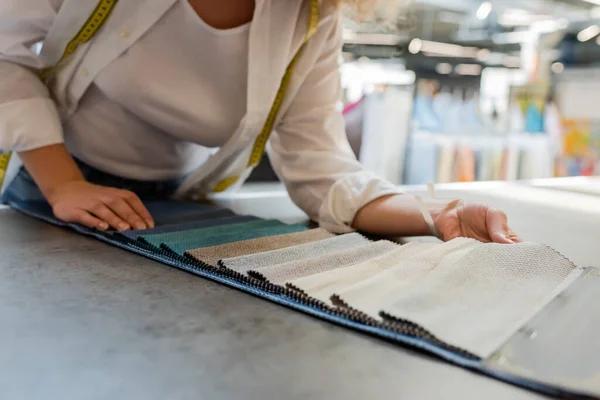
How Eco-Friendly Textile Will Shape the Next Fashion Revolution
The fashion myhomeactive.com industry is on the cusp of a significant transformation, driven by an increasing demand for sustainability and environmental consciousness. This revolution is being shaped by eco-friendly textiles, which are poised to redefine the future of fashion.
Eco-friendly textiles are materials that are produced using sustainable practices, including organic farming methods and low-impact dyes. These fabrics not only reduce the environmental footprint of clothing production but andunlockmobile.com also offer a healthier alternative for consumers who may be sensitive to synthetic fibers or harmful chemicals often used in traditional textile manufacturing.
The shift towards eco-friendly textiles has been propelled by thinkmariajuana.com growing consumer awareness about the environmental impact of their purchasing decisions. Today’s consumers domiciliation-auto-entrepreneur.com are more informed and discerning than ever before. They want to know where their clothes come from, how they’re made, and whether techcrumz.com they’re contributing to a larger problem like pollution or climate change. As such, brands that can authentically communicate their commitment to sustainability through their choice of materials stand to gain considerable market share.
In addition to consumer demand, advancements in technology have played a crucial role in making sportgiftz.com eco-friendly textiles more accessible and affordable. Innovations such as 3D knitting machines can produce garments with zero waste while digital printing technologies allow for vibrant patterns without the need for water-intensive dye processes.
Moreover, new types of sustainable fabrics are continually being developed. For instance, fabrics made cruisissafe.com from recycled plastic bottles or agricultural waste are becoming itstoodayeasy.com increasingly popular alternatives to traditional cotton or polyester blends. Such innovations underscore how technology can help drive sustainability in fashion while also opening up exciting design possibilities.
However, eco-friendly textiles represent just one part of the solution towards a more sustainable fashion industry. Other factors include designing clothes for longevity rather than fast-fashion cycles; encouraging recycling and second-hand markets; improving labor conditions in garment factories; and promoting transparency across supply chains so consumers can make informed choices.
Nonetheless, it’s clear that eco-friendly textiles will play an integral role in shaping this next fashion revolution. As more brands adopt sustainable materials and consumers continue to prioritize environmental responsibility, we can expect a future where fashion not only looks good but also does good for the planet.
In conclusion, the adoption of eco-friendly textiles is an essential step towards a sustainable future in fashion. It’s a trend that signals a shift in consumer attitudes and industry practices, paving the way for meaningful change. This next fashion revolution is about more than just style; it’s about creating a system that values people, the planet, and profit equally. With eco-friendly textiles at its heart, it’s a revolution we can all be part of.

Leave a Reply